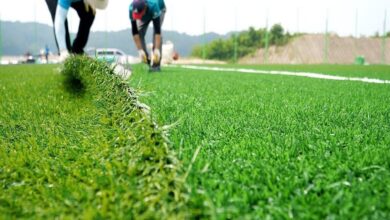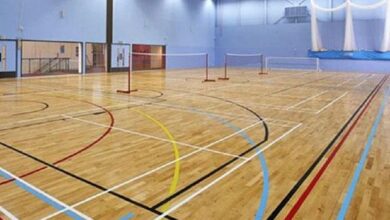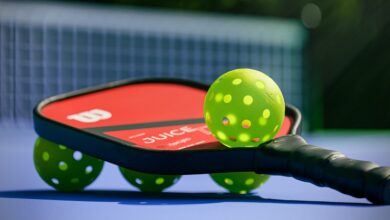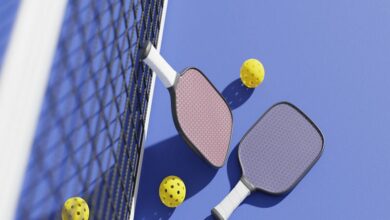The Evolution of Basketball Shooting Machines: From Manual to Automated Systems
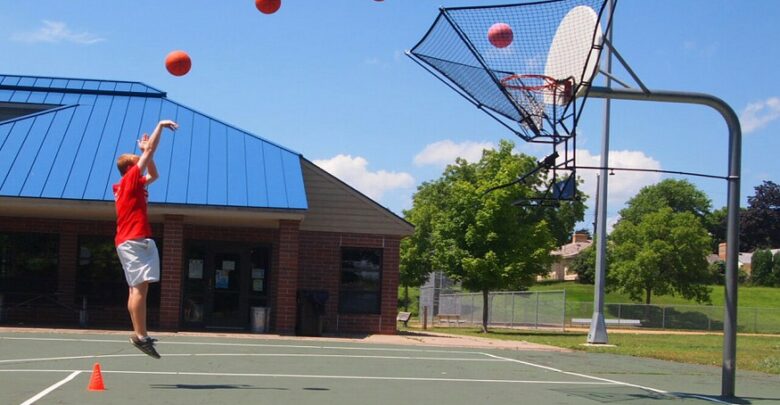
In the riveting world of basketball, where split seconds and impeccable timing can make or break a game, efficient training becomes indispensable. One tool has become the centerpiece of many training sessions: the Basketball Shooting Machine. This mechanism has metamorphosed from a simple, manual device into an automated, high-tech marvel, radically changing players’ training. Today, we embark on a journey tracing this evolution, highlighting the nuances of these machines from their inception to the present day.
The Early Days of Manual Shooting Machines
Much like any sport, the basketball world has seen its share of technological evolutions. Yet, one of the earliest game-changers was the birth of the shooting machine. In its infancy, this was a basic structure—imagine metal and wood combined crudely to serve a simple purpose: get the ball back to the player. These machines, operated with sheer manual effort, required coaches or helpers to catch and reload the ball, rendering the process tedious. However, despite the sweat and extra effort, these machines marked a significant step towards automating training sessions.
Advancements in Design and Efficiency
Over time, the need for efficiency became paramount. After all, the ultimate goal was to perfect a player’s shot. The Basketball machine underwent transformations, both in design and function. Sturdy materials replaced the rickety frames of the past. Adjustable features emerged, catering to players of different heights and skill levels. The emphasis shifted from merely rebounding the ball to doing so with increased precision and minimal human intervention.
Introduction of Electrical Components
As the global industrial wave ushered in electrical marvels, basketball training equipment was no exception. The shooting machine witnessed an era of electrification. By integrating electrical motors, the machines became adept at offering more consistent passes and rebounds. What once was a labor-intensive process began to see a drastic reduction in human involvement, setting the stage for even more advanced iterations of the machines.
The Birth of Automated Shooting Machines
Enter the golden age of automation. The Basketball Shooting Machine evolved from a semi-automated entity to a fully automated wonder. These modern systems were not just about passing the ball back; they embodied sophistication. Equipped with sensors, they could calculate the ball’s trajectory, ensuring it was always returned to the shooter’s sweet spot. Training sessions became more streamlined, allowing players to focus on form, rhythm, and technique.
Benefits of Automated Shooting Machines
The fruits of automation were numerous. With an automated Basketball machine, players had the luxury of consistent, rhythm-building passes. Gone were the days of erratic rebounds. These machines offered a uniform shooting experience, bridging the gap between amateur practice sessions and professional-level training. Additionally, players could now practice solo without needing a team or a coach, making skill-building an anytime, anywhere affair.
Integration of AI and Data Analytics
As technology marched on, so did the features of the shooting machine. AI and data analytics began to play pivotal roles. These machines transitioned from mere ball returners to intelligent coaches. Every shot taken was analyzed. Data on speed, arc, and accuracy was recorded, providing players with real-time feedback. Customized training modules were crafted based on individual player stats, ensuring personalized growth and development.
Accessibility and Popularity
The advancements in Basketball Shooting Machines weren’t limited to just functionalities. With technological growth came increased accessibility. These machines started gracing elite training centers and local gyms, schools, and even private residences. Their popularity soared as prices became more affordable and the machines more compact. Players from grassroots levels to professionals started reaping the benefits, further cementing the machine’s place in basketball lore.
Future Trends and Innovations
The future holds untapped potential. The realm of shooting machines is on the brink of even more groundbreaking innovations. Virtual reality might soon intertwine with regular training, allowing players to simulate real-game scenarios. Enhanced portability, hyper-personalized training modules, and the integration of biometrics are just a few possibilities on the horizon. The emphasis will always remain on enhancing player skills, but the tools are set to become even more cutting-edge.
Conclusion:
From humble beginnings as manual ball returners to the AI-powered behemoths of today, Basketball Shooting Machines have seen a transformation like no other. Their journey is a testament to the unending quest for perfection in basketball. As these machines evolve, they promise to revolutionize training sessions, ensuring players get the best tools to hone their craft. To every aspiring player and dedicated coach, the future beckons with exciting possibilities. Keep shooting, and let the machine be your guide.

